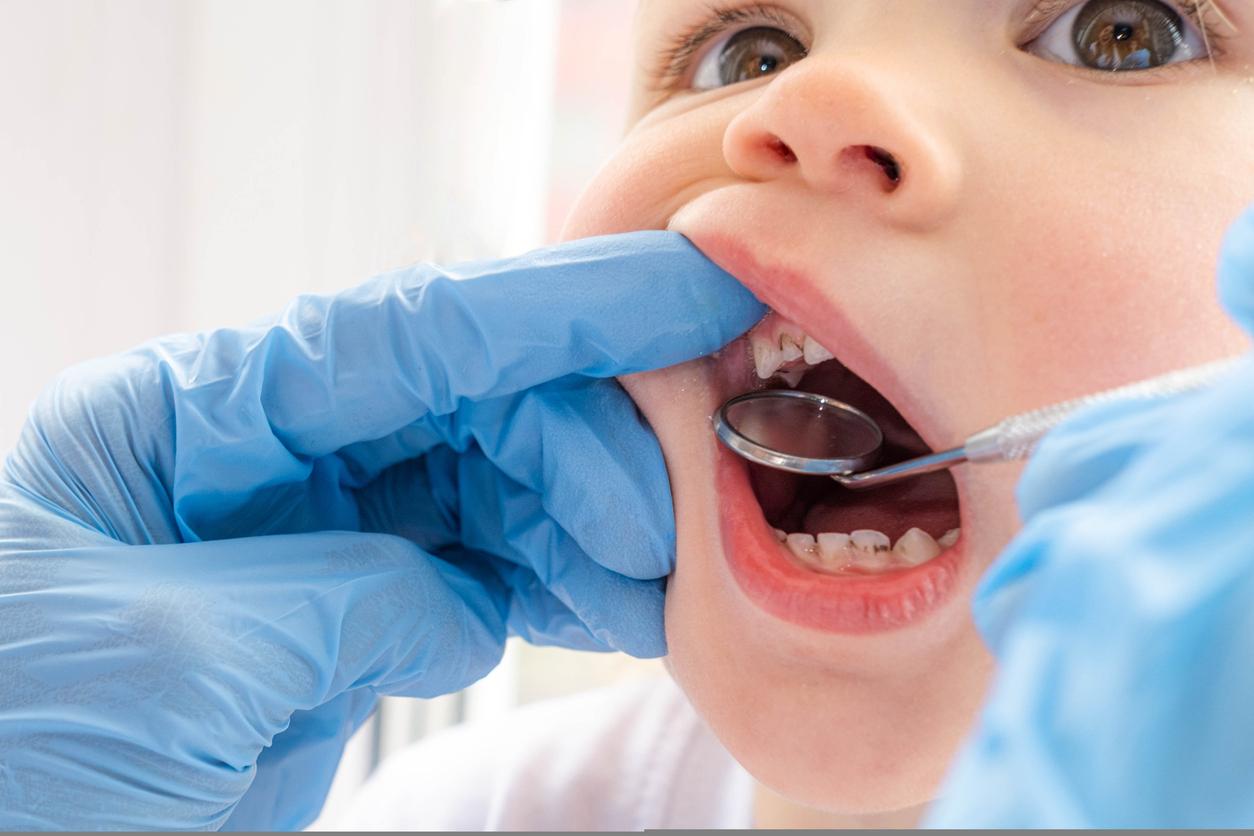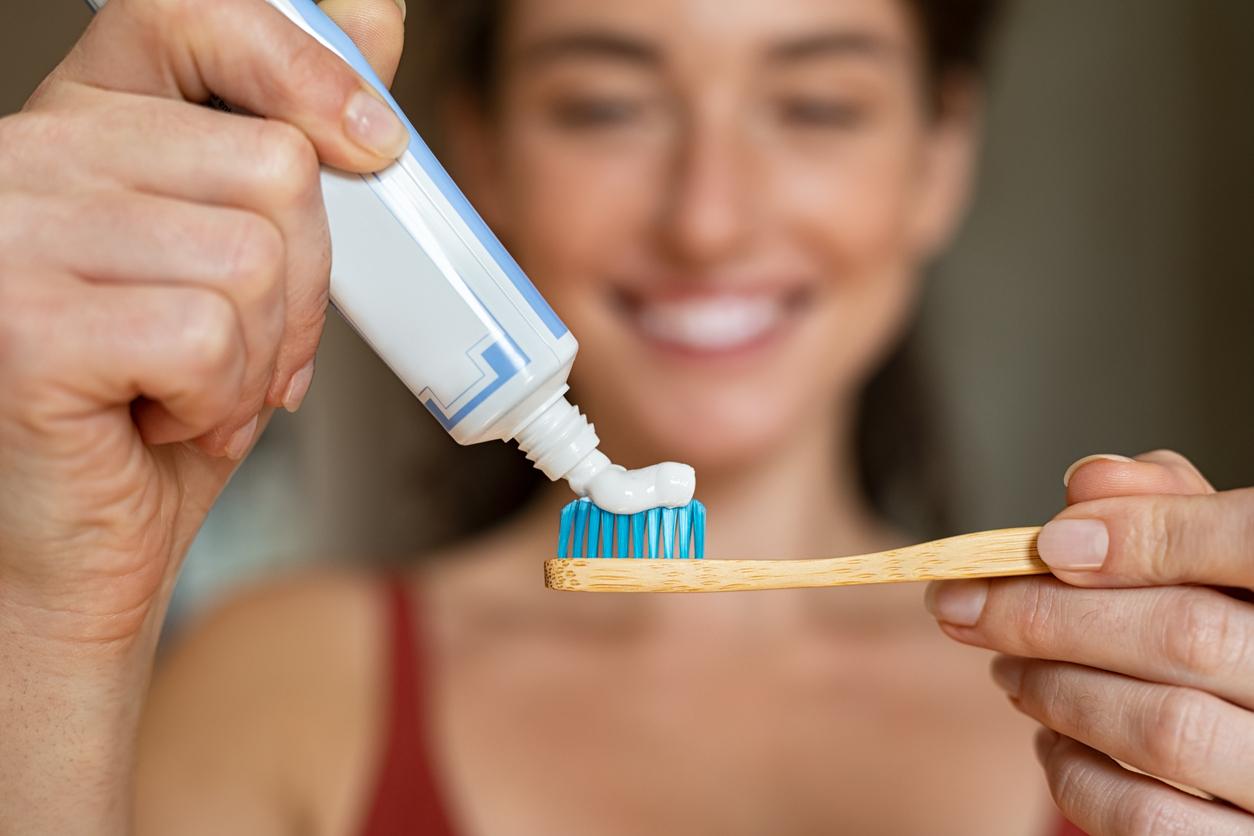Cavities could be cured on their own, without resorting to filling, according to researchers who have developed a non-insaving alternative treatment.

Good news for those who dread strawberries in the dental office. Some cavities have the power to be cured on their own, without resorting to the traditional technique of filling, and this, thanks to good oral hygiene, according to work published in the journal. Community Dentistry and Oral Epidemiology.
The Australian authors, who have followed up patients over seven years, affirm that the method which consists of hollowing out the diseased tooth and then filling it with a filling, is in fact over-practiced. “For many patients, it is not necessary to have a filling on a cavity,” say the researchers at the University of Sydney.
False beliefs
“For a long time, it was believed that dental caries was a phenomenon of rapid progression, and that the best way to cure them was to identify a decay early in order to remove it right away, in order to prevent the tooth surface from growing. decompose into a cavity, ”note the authors.
However, according to them, fifty years of research have made it possible to establish that cavities are not always progressive and that they develop more slowly than one thinks. “For example, for decay to progress from the outside of the tooth (enamel) to the inside (dentin), it takes an average of four to eight years. This leaves a lot of time to detect decay and treat it, before it becomes a cavity requiring a filling ”.
Treat “young” cavities
The team has developed its own method, the Caries Management System. The protocol includes the evaluation of the risk related to caries, the analysis of dental x-rays, as well as a specific treatment of “new” caries (a cavity that has not yet turned into a cavity).
Treatment includes the application by the dentist of highly concentrated fluoride dental varnish to the site of new decay. It also consists in giving special importance to tooth brushing and food (restricting snacking between meals and drinks with added sugars).
30 to 50% fewer fillings
“The SGC was tested for the first time on patients at high risk, at Westmead hospital, with great success”, specify the authors, who believe that it is necessary to change the paradigm on caries. “Our work has shown that it is possible to stop the progression of a cavity and! Reverse the phenomenon without having to resort to filling.” A tooth should only be hollowed out and sealed if there is really a cavity that has obviously formed ”.
Thus, the SGC treatment has been tested in dental practices in New South Wales and in the Australian Capital Territory, with a reduction in the number of fillings of 30 to 50%.
But if the participants of the trial seemed generally satisfied with having avoided dental treatment considered sometimes invasive, the authors do not fail to stress that this method cannot work without a real involvement of the patients. “To work, this treatment will require a real partnership between dentists and patients”.
.















